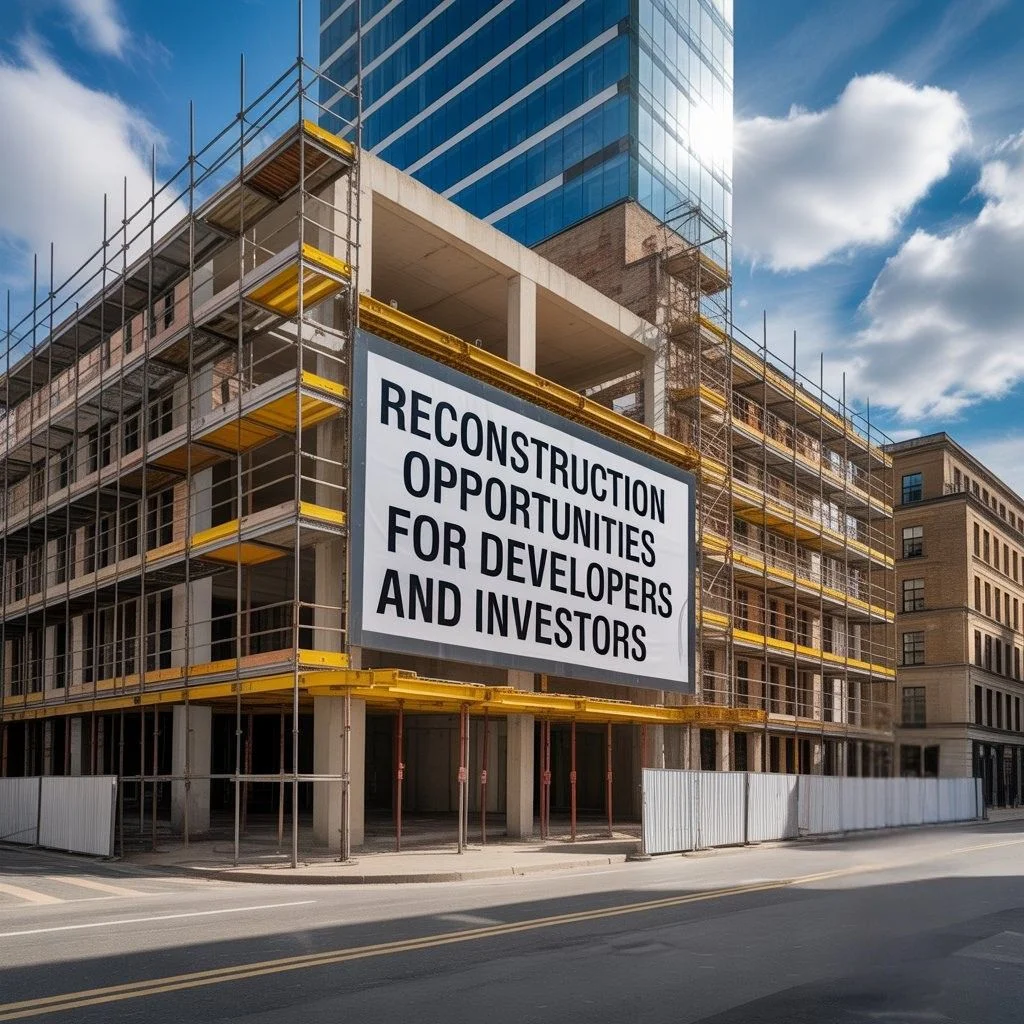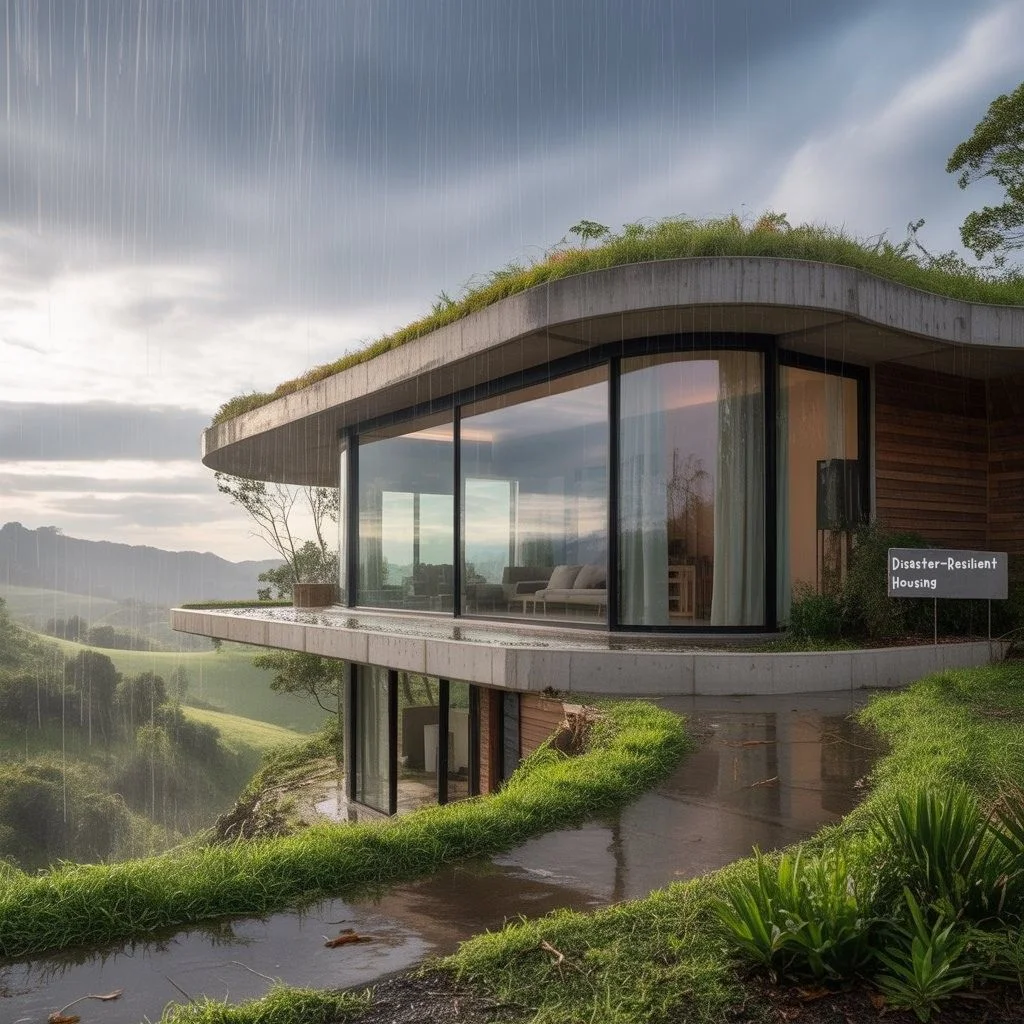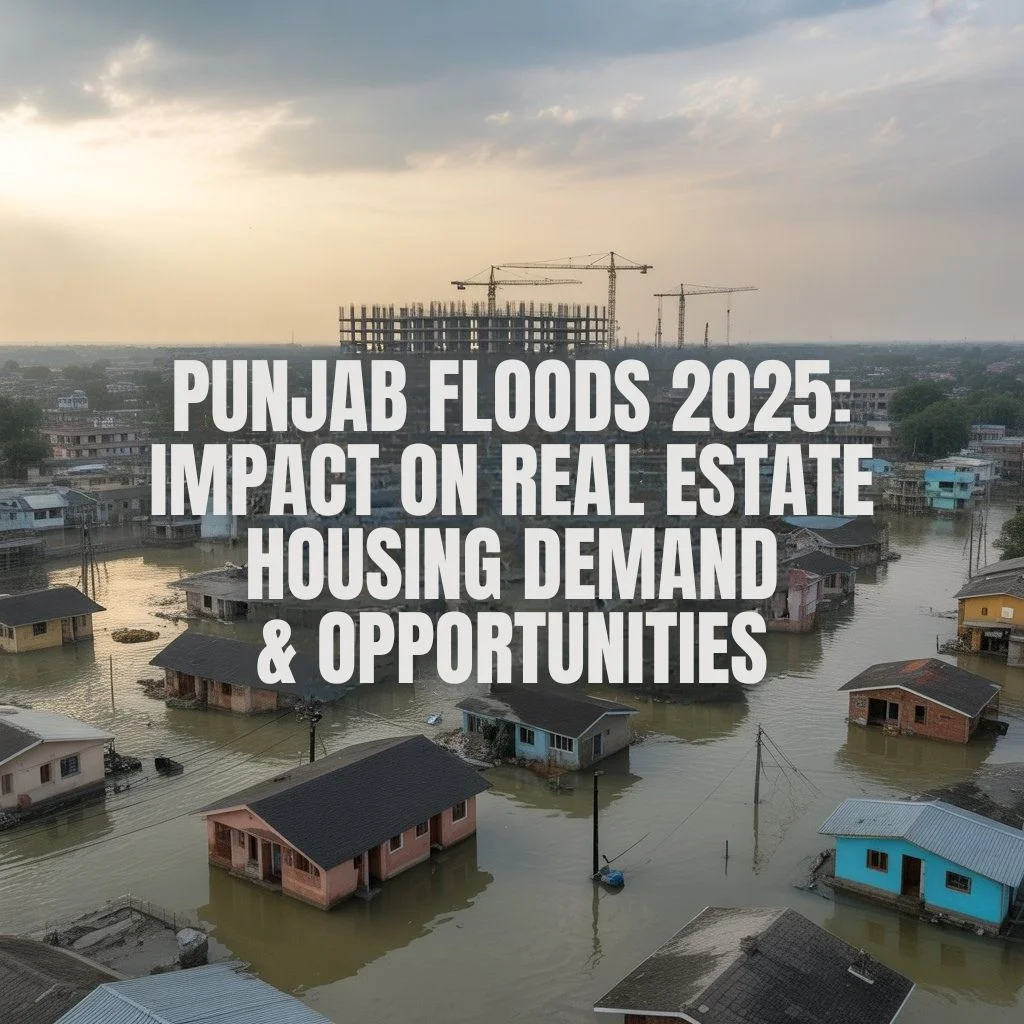Natural disasters often reshape the way people live, invest, and plan for the future. The floods in Punjab 2025 have been one of the most devastating events in recent history, leaving behind large-scale destruction of homes, businesses, and infrastructure. Alongside the human suffering, the disaster has significantly influenced the real estate market in Pakistan, particularly in Punjab’s major cities such as Faisalabad. While the damage is undeniable the crisis has also created fresh opportunities for investors, developers, and families searching for safe housing solutions.
Widespread Damage to Property and Infrastructure
The heavy rains and river overflows damaged thousands of houses, shops, and public buildings across Punjab. Entire residential colonies were submerged, while roads and bridges suffered severe cracks. In cities like Faisalabad, many under-construction projects faced delays as building materials became scarce and transport routes were disrupted.
This property damage has pushed both homeowners and developers to reconsider their approach to construction. Traditional low-lying plots have proven vulnerable, making buyers more cautious about location, elevation, and flood protection measures. The devastation also underlined the urgent need for disaster-resilient housing that can withstand extreme weather conditions in the future.
Rising Housing Demand After the Floods
Ironically, disasters often increase the demand for shelter. Families who lost their residences are now in search of secure places to live, and many prefer safe gated communities in Faisalabad or similar developed urban projects that offer better drainage and infrastructure.
The housing demand after floods in Punjab is not only limited to temporary shelters. There is growing interest in long-term residential solutions in areas that are less prone to flooding. This has shifted attention towards modern projects such as Jinnah Executive Block and Top City, where investors see potential for growth. Buyers are now prioritizing flood-resistant housing projects in Punjab Pakistan, focusing on societies that promise elevated plots, stronger foundations, and proper water disposal systems.
Reconstruction Opportunities for Developers and Investors

The tragedy has opened doors for reconstruction opportunities after Punjab floods 2025. Developers are now stepping in to design projects that address new buyer expectations. Builders focusing on affordable housing projects demand are more likely to benefit. As many displaced families cannot afford luxury villas but still want durable, safe homes.
Moreover, with government support and possible relief schemes, there is a chance to redesign entire localities. For instance, policies encouraging real estate recovery after natural disasters may push developers to adopt eco-friendly and climate-conscious designs. This can include improved drainage systems, green spaces that absorb excess rainwater, and reinforced building materials.
Shift in Investment Trends
The property market shifts in Punjab are already visible. Investors are more selective about where to put their money, avoiding low-lying agricultural lands and instead moving toward cities with better infrastructure. For many, Faisalabad has emerged as a safer option, offering urban planning that can be adapted to climate change and real estate Pakistan challenges.
Plots in flood-affected rural areas have dropped in value, while those in secure urban societies are gaining traction. This shift provides an advantage for investors who act quickly, as safe housing projects in Faisalabad after floods are expected to appreciate in value in the coming years.
Importance of Disaster-Resilient Housing

The 2025 floods have reinforced the importance of flood-resistant housing in Faisalabad with modern drainage. Real estate developers are being urged to consider innovative construction methods. Such as elevated structures, waterproof foundations, and advanced drainage channels.
There is also growing awareness about insurance for flood damage, which was previously overlooked in Pakistan. Families and investors now understand that financial protection against disasters is just as important as choosing the right property location.
Government and Private Sector Response
The government has announced several housing reconstruction policies in Pakistan to support flood victims. Relief funds are being directed towards repairing infrastructure after Punjab floods, including roads, schools, and public hospitals. At the same time, private developers see this as a moment to contribute while also expanding their portfolios.
Partnerships between the public and private sectors may lead to urban vs rural property demand after floods being balanced out. As urban areas offer better safety while rural communities need urgent rebuilding.
Opportunities for Overseas Pakistanis
Overseas buyers, who play a critical role in Pakistan’s real estate market, are also reassessing their strategies. Many are looking into best safe housing projects in Faisalabad after floods because of the city’s economic importance and relatively stronger infrastructure. For them, this is a chance to invest in projects that will appreciate as more locals shift to urban areas.
Lessons for the Future
The economic impact of floods has highlighted a clear message. The real estate industry must adapt to the realities of climate change. Future developments cannot ignore risk factors such as heavy rainfall, drainage failures, and river overflow.
Investors should prioritize well-planned projects that feature proven flood management systems. Developers must align their construction practices with global standards of sustainability and resilience. Families, meanwhile, benefit from choosing flood-safe communities that ensure permanent homes and minimize the risk of displacement.
Conclusion
The floods in Punjab 2025 have reshaped the real estate market in Pakistan by exposing vulnerabilities and creating new opportunities. While the destruction caused immense suffering, it has also driven innovation, planning, and investment into safer, smarter, and more resilient housing projects.
For Faisalabad in particular, the shift has been significant. The city is emerging as a hub for safe gated communities and modern urban developments, attracting both local and overseas investors. Looking ahead, the focus must remain on climate-resilient real estate, ensuring that future generations are better protected against disasters while still enjoying the benefits of thriving housing markets.
Want to know more? Check out Faisalabad Real Estate After Historic Rain: Shifting Housing Demand
Like, share and comment: Facebook, Instagram, Youtube and TikTok.





Join The Discussion